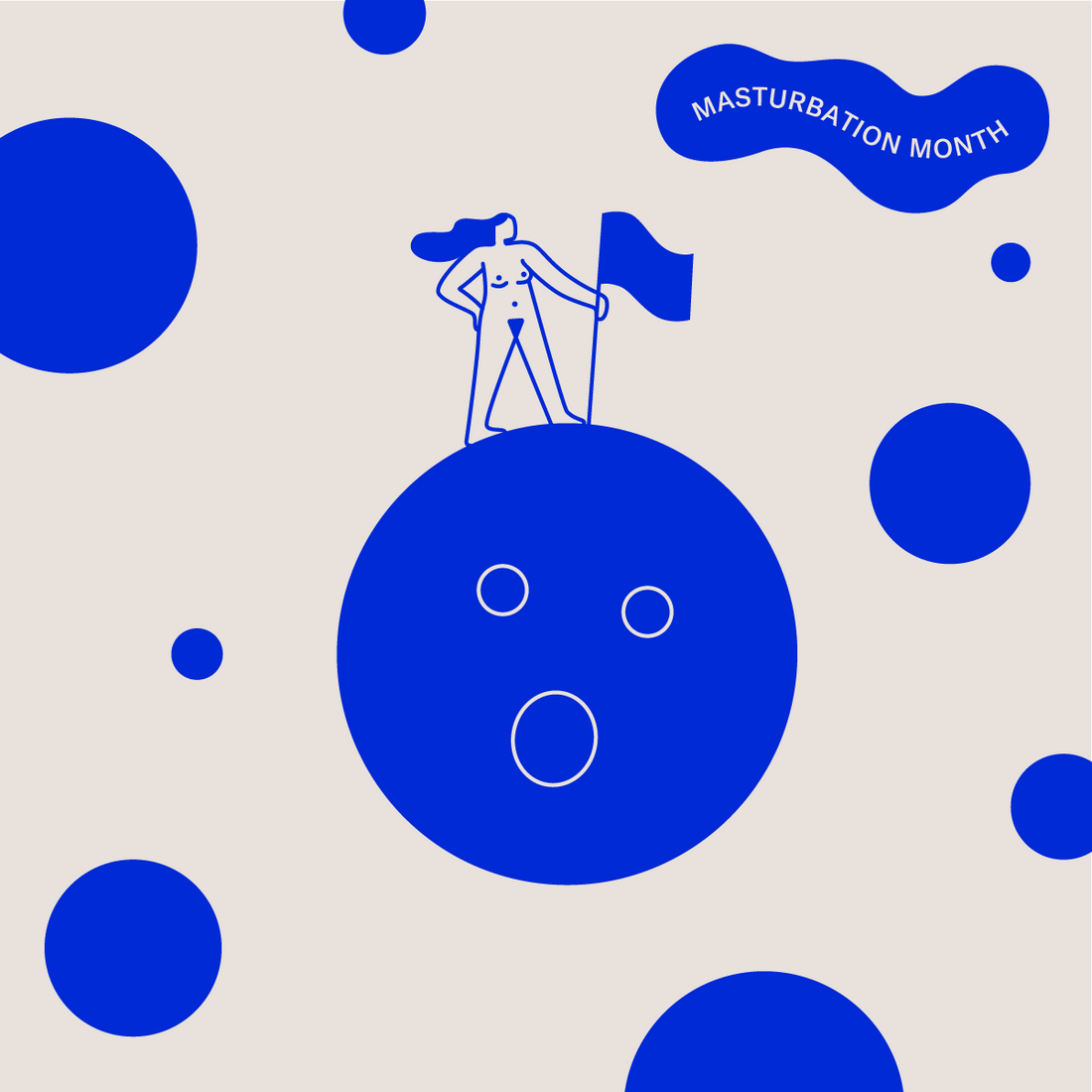When you have sex, do you go into it thinking your partner should "give" you pleasure? I suggest thinking about another way: that you are responsible for your own pleasure. This shift in thinking — from pleasure and orgasms as things that is bestowed upon me by a partner to things I'm responsible for achieving — is a surprisingly empowering one. Statistics suggest that plenty of you aren’t having orgasms from partnered sex. In fact, research found that approximately 65% of people with vaginas orgasm frequently during partnered sex. That’s compared with 95% of people with penises who have sex with vagina-havers. And that, my friends, is what we call the orgasm gap. In the past few decades, we’ve seen a lot of work encouraging men — specifically heterosexual, cisgender men — to learn more about their partner’s bodies. And that’s great! If we’re going to close the orgasm gap, then understanding how to be a good lover is an excellent step in the right direction. But an equally important move is ensuring that people with vaginas know how to give themselves orgasms. After all, why are we relying on our partners to “give” us something that we already own?
There’s one simple thing that all people with vaginas can do to own their own pleasure: masturbate.
Dr. Britney Blair, a psychologist and founder of the sexual wellness app Lover, says that the idea of a partner (most often a cis man) “giving” you an orgasm “ties back to the days when women were property.” Women, she says, were expected to “give” their partner their bodies, and the partner would “give” them an orgasm in return. And while it might seem difficult to overcome thousands of years of social conditioning, there’s actually one simple thing that all people with vaginas can do to own their own pleasure: masturbate.
Get to Know Your Body
Dr. Blair suggests masturbating with an “arousal scale” from zero to 10 — with 10 being orgasm — in mind. Notice where different types of touch bring you on the arousal scale. Perhaps rubbing your clit slowly brings you from a two to a four. Explore what four feels like, then increase speed or pressure to see if you can bring yourself up to five or six. Keep trying different types of stimulation until you have a good idea of what works and what doesn’t.
“Lean into your vulnerability a little bit. That’s the point of growth.”
“Partnered activity is great, too,” Dr. Blair says. “But masturbation is the single best thing people with vaginas can do for their sexual wellness.” Dr. Blair also recommends kegel exercises to help build pelvic floor muscles, increase awareness of that part of the body, and up the frequency and intensity of orgasm. The combination of kegels and masturbation will make you the best expert on how to get your body to orgasm.
Get to Know Your Mind
Fantasy is another thing to explore while you’re learning how your body works. That can mean watching pornography, reading erotica, or even just running a scenario in your head. With practice and exploration, many people find a particular erotic thought that pushes them from an eight on Dr. Blair’s arousal scale to a full 10. And that’s something you can take with you into partnered play. “There’s absolutely no such thing as a thought crime or a fantasy crime,” Dr. Blair says. “It’s perfectly okay and sometimes a great idea to use fantasy to bring you over the climax. Some people think it’s cheating to think about the hot mail man — or whatever your fantasy is — but it’s totally okay.”
Get to Know Your Partner
When you’re ready to go from solo sessions to trying out all of your new knowledge with a partner, Dr. Blair suggests starting with mutual masturbation. It’s a great way to show your partner what works, see what works for them, and it’s a chance to be vulnerable with each other. “Lean into your vulnerability a little bit,” Dr. Blair says. “That’s the point of growth.” Finally, Dr. Blair encourages everyone to “prioritize, not pressure” having orgasms. She points out that the ability to orgasm fluctuates based on a lot of factors — stress, exercise, where you are in the hormone cycle, feeling tired, boredom, etc. — and sometimes it’s easy, but sometimes it’s not. Above all, she says: “enjoy the process! It’s not all about the destination.”




















































